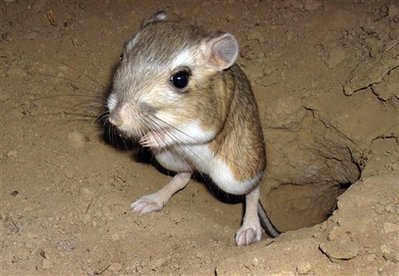Morro Bay kangaroo rat / Nick Nelms

http://lh3.ggpht.com/_Xt8dTqydn7w/Sy8ig-dIfWI/AAAAAAAAAWs/8Amk2qYKQpY/kangaroo%20rat.jpg The Morro Bay Kangaroo Rat Dipodomys Hermann Morrosesis https://ecos.fws.gov/ecp/species/6367 Description and Ecology: While the scientific name Dipodomys Hermann Morrosesis covers several sub-species of kangaroo rats, the specific individual we wish to concentrate this blog on is the Morro Bay Kangaroo Rat. This particular sub-species is solely found in the county of San Luis Obispo, California. Sporting a darker color, smaller build, and specific locale, the Morro Bay kangaroo rat is a noticed subspecies under the general name of Hermann kangaroo rat. At about 15cm long (1ft including tail), and a weight of 70-80 grams this rodent, while called a rat, is in fact more closely related to squirrels . It inhabits habitats with stabilized sand dunes and coastal scrub/chaparral communities. The sandy soils are essential ...
